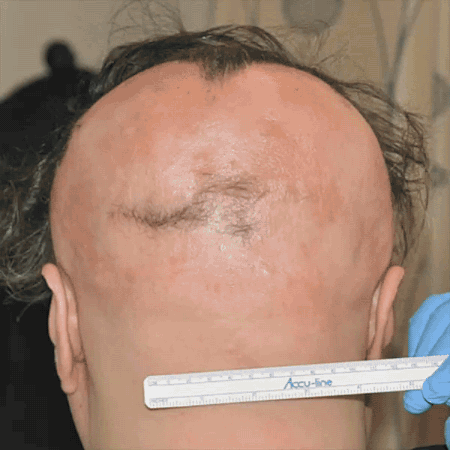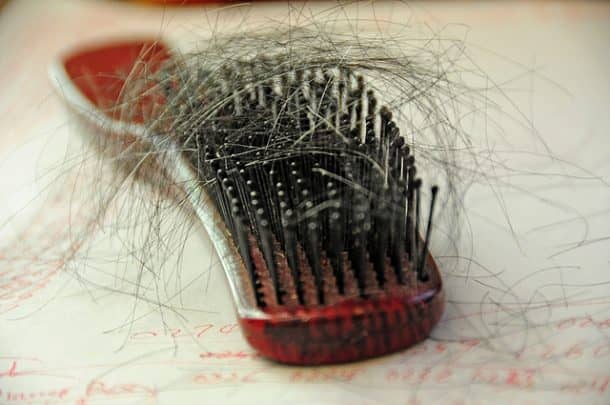Other than the painful transplants, clamorous ads of those scam creams, pills, easy-to-spot wigs, and comb-overs, people suffering from receding hairlines don’t have many options. Over the years, we have heard on and off about some promising developments in this domain, but nothing fruitful has come to market yet!
In the year 2014, the researchers at Columbia University Medical Center were looking at potential treatments for alopecia areata, also known as spot baldness. It is an autoimmune disease that causes hair loss, and the team tested this disease with their drugs that inhibit a family of enzymes known as Janus Kinase (JAK) in hair follicles. They were able to come up with the drugs that successfully turned off the signals that used to trigger an autoimmune attack. These drugs could also restore hair growth in some subjects when administered orally. They tested this concept on a bald rat, and found that the rat was able to grow hair within 10 days!
But the results did not end there. Dr. Angela Christiano, lead in the research team, made another observation that when the drugs were applied directly to the skin rather than being administered orally or through other means, their effects were more promising and fast. This gave conclusive evidence that the JAK drugs were positively and directly interacting with the hair follicles while preventing an autoimmune attack.
Lately, the team further enhanced their research and found out that the JAK inhibitors help in reawakening the hair follicles from their resting state. This could be simulated as being similar to the natural process of hair follicles alternating between active and dormant phases. The JAK family of enzymes puts the follicles into this resting state. By suppressing its activity, the drugs devised by the team switch the hair follicles from the sleeping state to re-enter the active part of the cycle.
In an experiment, the JAK drugs were applied to the skin of bald mice for five days. Within the next 10 days, natural hair growth was recorded. The control group of mice was not given the medicine, and they remained bald (shown in the picture above). According to the researchers, the mice had regrown almost all of their hair only after three weeks of this treatment. They say that this approach can also be used to produce longer hair from human hair follicles in lab conditions or grown culture.

The two drugs suggested by the researchers are already approved by the US Food and Drug Administration (FDA); one for the treatment of blood diseases and the other for rheumatoid arthritis. While the researchers have only started to test the drug on human scalps, they say that the results are quite promising.
With clinical trials underway for the two drugs to treat plaque psoriasis and alopecia areata, the results of a test case can be shown in the picture above.
Here is a video of the lead researcher explaining the drugs and their miraculous results.
Have anything else to add to this article? Comment below!




